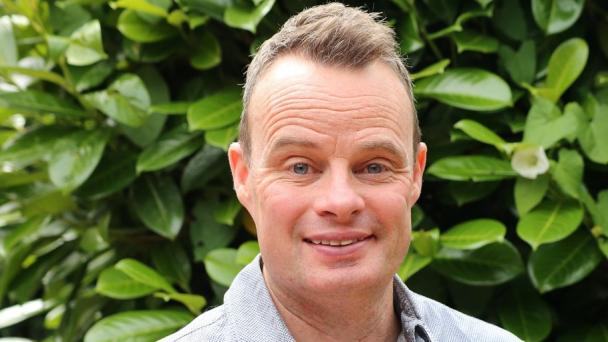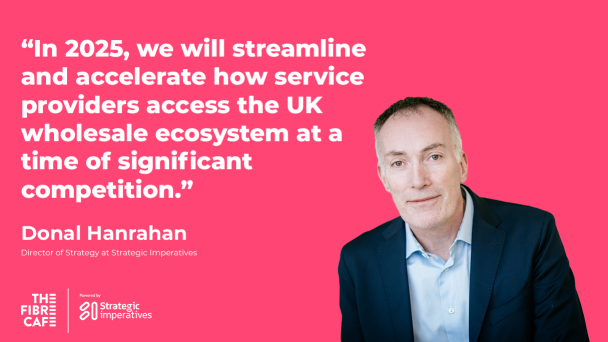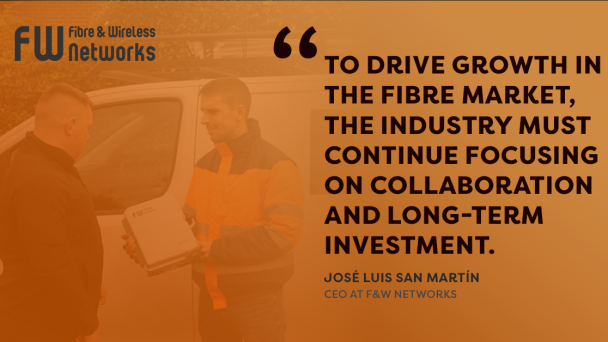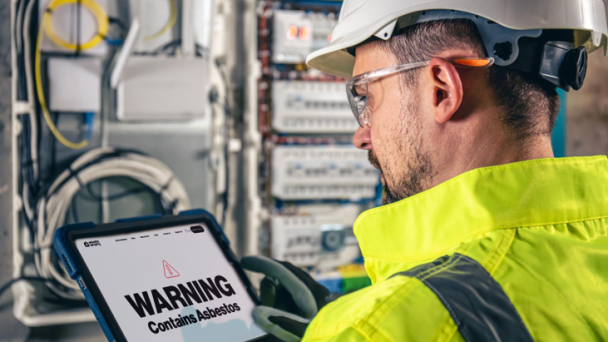Access is critical to empowering service provider success, according to Donal Hanrahan, Director of Strategy at Strategic Imperatives. Here he discusses his plans and priorities to ensure The Fibre Café, its cloud based, API-driven integration platform, continues to catalyse competition and drive positive outcomes.

Buoyed by a debt facility of up to £1.5bn secured in December 2023 Abingdon-based Gigaclear is set to reach two major milestones in Q1 2024 – hitting its target of 500,000 properties ready for service, and securing 100,000 customers connected to its network.
With an overall aim of one million premises addressed by 2027, CMO Nick Rawlings sat down with Fibre Provider to discuss Gigaclear's longer-term plans and share his views on how the fibre market will continue to evolve.
Where is your company on its full fibre journey?
We have more than quadrupled in size since Infracapital took majority ownership in 2019. We currently serve more than 90,000 customers across 26 counties and employ 750-plus employees across seven regional offices.
The latest 2023 investments will undoubtedly help turbo-charge the latest leg of our full fibre journey. We’ve already reached a build milestone of 500,000 premises passed with 480,000+ RFS and we’re on course to achieve our stated aim of 500,000 properties RFS during the first three months of 2024. We expect to welcome our 100,000th customer in Q1 2024 which will be a huge sign of our progress.
What are your current priorities?
Our priority must be serving our existing customers. By building our customer service team and delivering a reliable network, we want to deliver the step change customers rightly expect from full fibre. A lot of our focus is on customer experience in early life, both installation and initial set-up.
As CMO, driving customer penetration is a top priority. The focus in our industry has moved from the number of homes and businesses built, to how many of these have connected customers. There is significant demand for better broadband in rural communities and it is my job to amplify this and stimulate take-up beyond the early adopters.
To this end, we refreshed our brand last summer and introduced a more ‘challenger’ tone to our marketing. I think that the importance of building a distinctive and trustworthy brand is often overlooked in the altnet market. We have found that driving brand awareness and consideration has accelerated sales.
We have also been developing our proposition and marketing to businesses. We now have more than 3,000 businesses on our network and see lots of potential to serve many more both on rural high streets and rural business parks.
Regarding build, last year saw an increasing growth rate in terms of properties passed and communities reached. We have extended our network to East Sussex and Norfolk and north into Derbyshire and Yorkshire.
What are the challenges to roll out?
Building full fibre networks to hard-to-reach rural communities is often challenging and we have had to overcome various natural and man-made obstacles.
In addition to this, there are the common challenges to roll-out that all operators face: accessing existing infrastructure, obtaining wayleaves and securing highways permits. Plus, most importantly of all, securing a quality supply chain of partners to deliver the build.
Roll-out of network has to be delivered hand-in-hand with community engagement and ultimately awareness of full fibre broadband and our brand. We have a team of dedicated community engagement managers who meet residents in every single community we build, to address any concerns about the build and questions on the service.
We welcome Ofcom’s new guidelines, announced in December, which said broadband ISPs should only use terms such as ‘fibre’ and ‘full fibre’ if their network brings fibre optic cables all the way to the home. The more people are aware of what full fibre is and what it can deliver, the fewer obstacles there are to take up.
How can the UK's altnets best drive the market for full fibre?
Whilst we cannot ignore the fact that it’s a very competitive marketplace, UK altnets do share several challenges as well as an incumbent competitor in BT Openreach.
We should identify mutually beneficial ways to shape the market so that we can drive consumer confidence. For one, we need to work better at extending full fibre coverage rather than seeking to overbuild existing networks as this doesn’t serve either investors or consumers well.
Also, we should collaborate to expand awareness and understanding of the benefits of full fibre broadband vs slower, inferior FTTC services that the big brands like to pass off as ‘fibre’.
If you could transform any area of the industry what would it be?
I’d like to see a more concerted effort by providers to build to communities that don’t have FTTP. This would require greater co-operation and coordination at an industry level. Building smarter is probably the best way for people investing in our industry to get a return.




